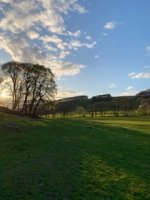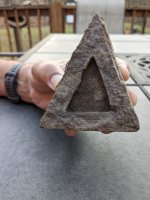Assembler
Silver Member
- May 10, 2017
- 3,098
- 1,181
- Detector(s) used
- Whites, Fisher, Garrett, and Falcon.
- Primary Interest:
- Prospecting
Topic May 10, 1872 Act:
Section 2331 of the Revised Statutes(30 U.S.C. 35)provides that all placer-mining claims located after May 10, 1872, shall conform as nearly as practicable with the United States system of public land surveys and the rectangular subdivisions of such surveys, and such locations shall not include more than 20 acres for each individual claimant.
Conformity of placer claims to the public land surveys.
(a) All placer-mining claims located after May 10, 1872, shall conform as near as practicable with the United States system of public-land surveys and the rectangular subdivisions of such Surveys, whether the locations are upon Surveyed or unsurveyed lands.
(b) Conformity to the public-land Surveys and the rectangular subdivisions thereof will not be required where compliance with such requirement would necessitate the placing of the lines there of upon other prior located claims or where the claim is surrounded by prior locations.
Upvote
0








